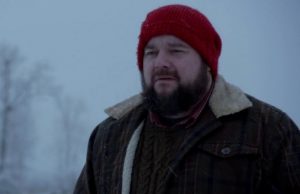A wolf cub, hidden beneath layers of
ice in permafrost for 57,000 long years, has been discovered in Yukon, Canada.
The pup, named Zhur by the local Tr’ondëk Hwëch’ in First Nation people, was
described by researchers as ‘the oldest, most complete wolf’. The perfectly
preserved ‘mummy’ was found by a gold miner while water blasting a block of frozen
mud in the Klondike goldfields near Dawson City.
“This mummy is so complete, she has basically
got all her skin, most of her fur … all her soft tissues present, and she’s
56,000 years old, or thereabouts,” Julie Meachen, an associate professor
of anatomy at Des Moines University in Iowa, told CNN.
Experts used X-ray techniques to determine that the
wolf cub was only six or seven weeks old when she died. A scientific technique called
stable isotope analysis disclosed the fact that the pup lived during a time
when glaciers were diminishing.
“There weren’t quite as many glaciers around,
which means there was a lot more fresh water. There were a lot of streams, a
lot of rivers flowing, and probably a lot of other animals around. She lived in
a lush time,” she said.
Also Read | Canada PM Trudeau to receive vaccination publicly only ‘when turn comes’
Researchers unveiled information about her diet as
well.
“Isotope analysis revealed she and her mom
were eating mostly aquatic resources — things like salmon, maybe some shore
birds,” Meachen said.
A DNA analysis revealed her ancestral position; she
is known to have descended from ancient wolves from Russia, Siberia and Alaska.
“It’s not a surprise — she is related to the
things that were there at the time,” she explained. “But the cool
thing about that, that most people might not know, is that wolves in the ice
age were only distantly related to wolves that are around today,” said the researcher.
“She is truly an ancient wolf, and she was
related to all the wolves around her at the time,” Meachen said.
Creating a permafrost mummy is cumbersome,
researchers said.
“It’s
rare to find these mummies in the Yukon. The animal has to die in a permafrost
location, where the ground is frozen all the time, and they have to get buried
very quickly, like any other fossilisation process,” Meachen said in a
statement. “If it lays out on the frozen tundra too long it’ll decompose
or get eaten.”






